Loading...
Itinerary
Let us look for a moment at the following photograph, taken during the construction of the Spanish Museum of Contemporary Art around 1972. It is a snapshot that portrays a colossal metallic skeleton, made up of a myriad of linear elements that, organised into pillars, beams, trusses and crosses, are repeated until they cover a lightened space. The apparent complexity of the structure contrasts with the small workforce: barely a dozen workers are visible in the image, apart from the two cranes used to lift the skeleton. It is not unreasonable to think so; after all, steel was already then a highly industrialised material that allowed structures to be built quickly and, thanks to its extraordinary strength, could be reduced to a minimum to maximise the entry of air and natural light.
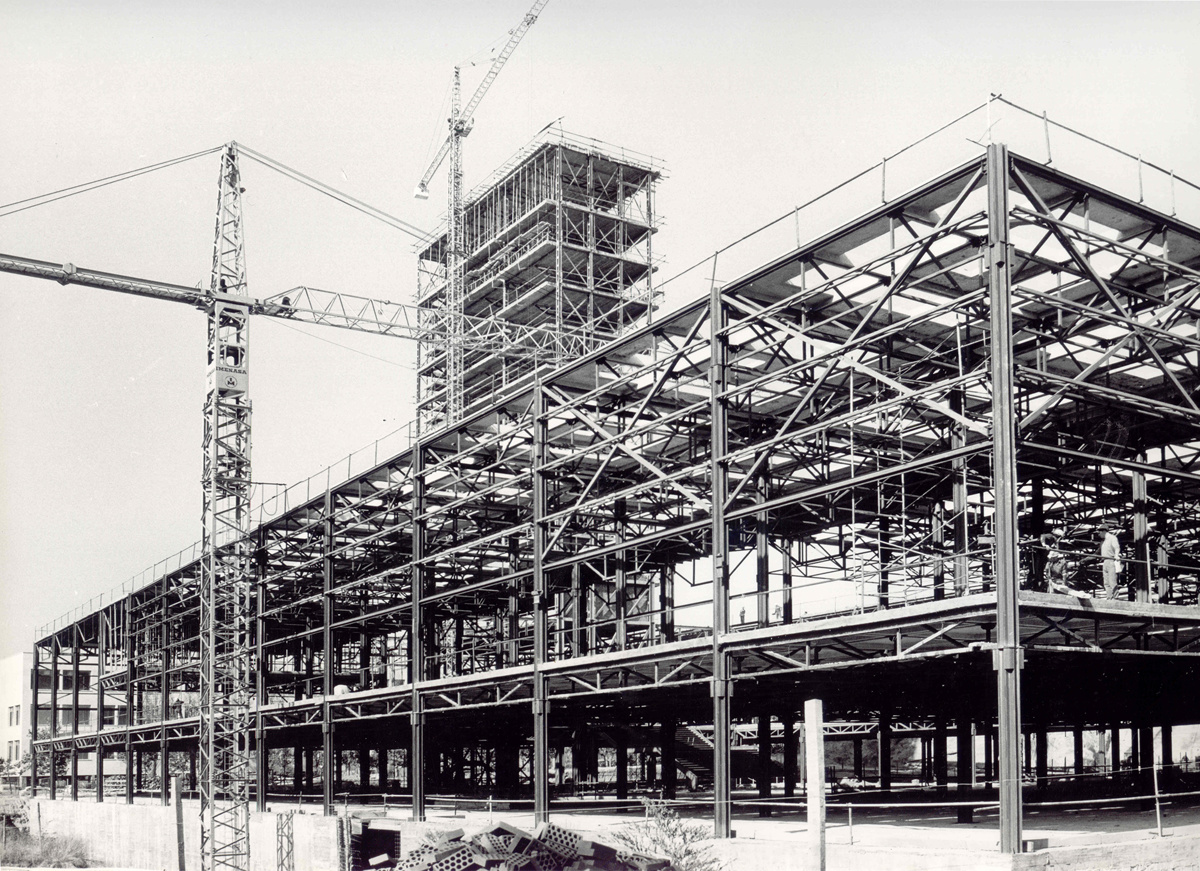
Itinerary curated by
Ministry of Transport, Mobility and Urban Agenda (MITMA)
Ministerio de Vivienda y Agenda Urbana
Means of transport
It is precisely these qualities that made steel one of the favourite materials of modern architecture, to the extent that lightness, industrialisation and ease of assembly became part of its own purpose. The disadvantage, however, is that steel had another quality that would go unnoticed until, a few months after the photograph was taken, the energy crisis of 1973 made us aware that we live in a world of limited resources: it is a material with high thermal conductivity or, in other words, very little insulation, which severely limits its ability to manage the interaction between the interior and the exterior of buildings. This is why, especially since then, the need to coat steel with other materials to meet environmental requirements became clear. In 1987, the Museum of Contemporary Art itself was transformed into the Costume Museum CIPE to confirm a need that is obvious in the recent buildings that make up this itinerary.
To go through them is to discover the catalogue of accessories with which steel is clad today. From the painting and mortar spraying covering the structures of the Teruel-zilla! Underground lair of leisure and public space, to the artificial rust that protects the plates of the Interactive History Museum of Lugo, passing through the chrome that makes the façade of the Technification Centre for Physical-Sports and Leisure Activities in the natural environment of the Tagus Watershed or the zinc that covers the structure of the Fishermen Warehouses in Cangas. Only in the Climate Museum of Lleida can we find it in its natural state, although it is waiting to be encased in concrete.
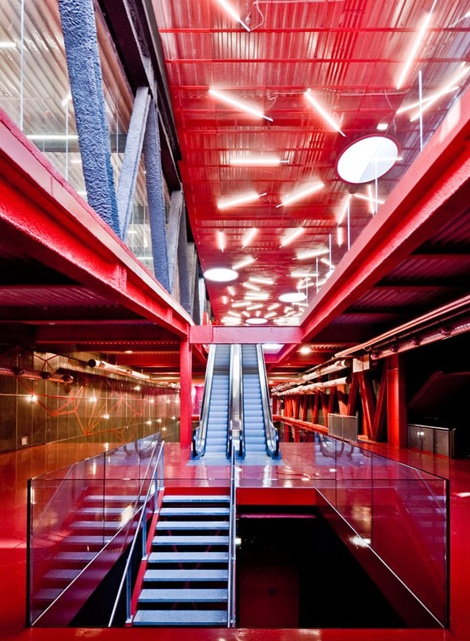
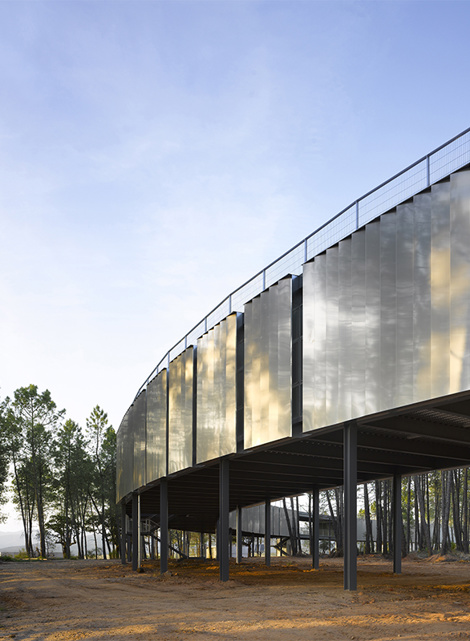
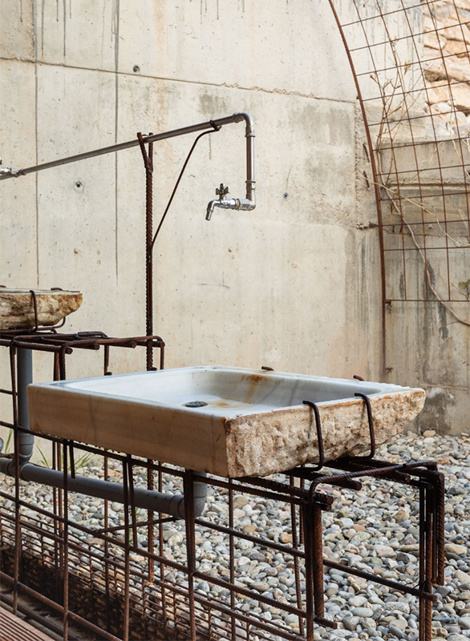
In these and other costumes, steel still displays today the qualities that make it unique. Once again, the ability to resolve large spaces by reducing the material of the structure to a minimum -Sports Pavilion in Alcázar de San Juan-, the alliance with lightness and natural light -Crystal Pavilion. Tree Pavilion in Cuenca -, the promotion of modular and industrialised constructions that are executed at great speed -New Recycling Plant for Urban Waste- and the ease of combining slenderness with resistance to give shape to organic and expressive skeletons -Institución Libre de Enseñanza (Free Institute of Education). Francisco Giner de los Ríos Foundation-.
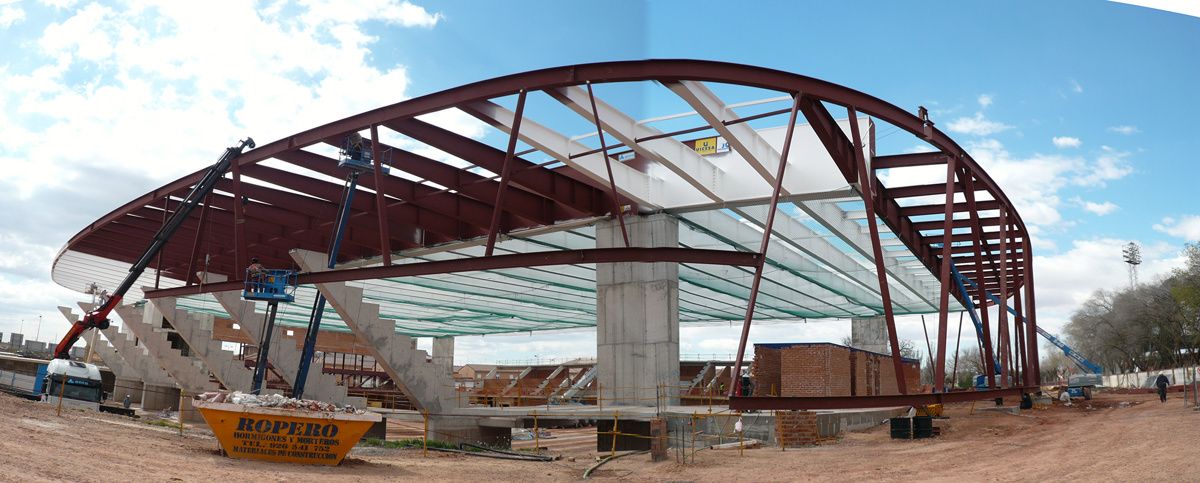
All of this, however, accompanied by the need to balance its environmental impact by thinking of reuse as the central theme of design with this material.







